

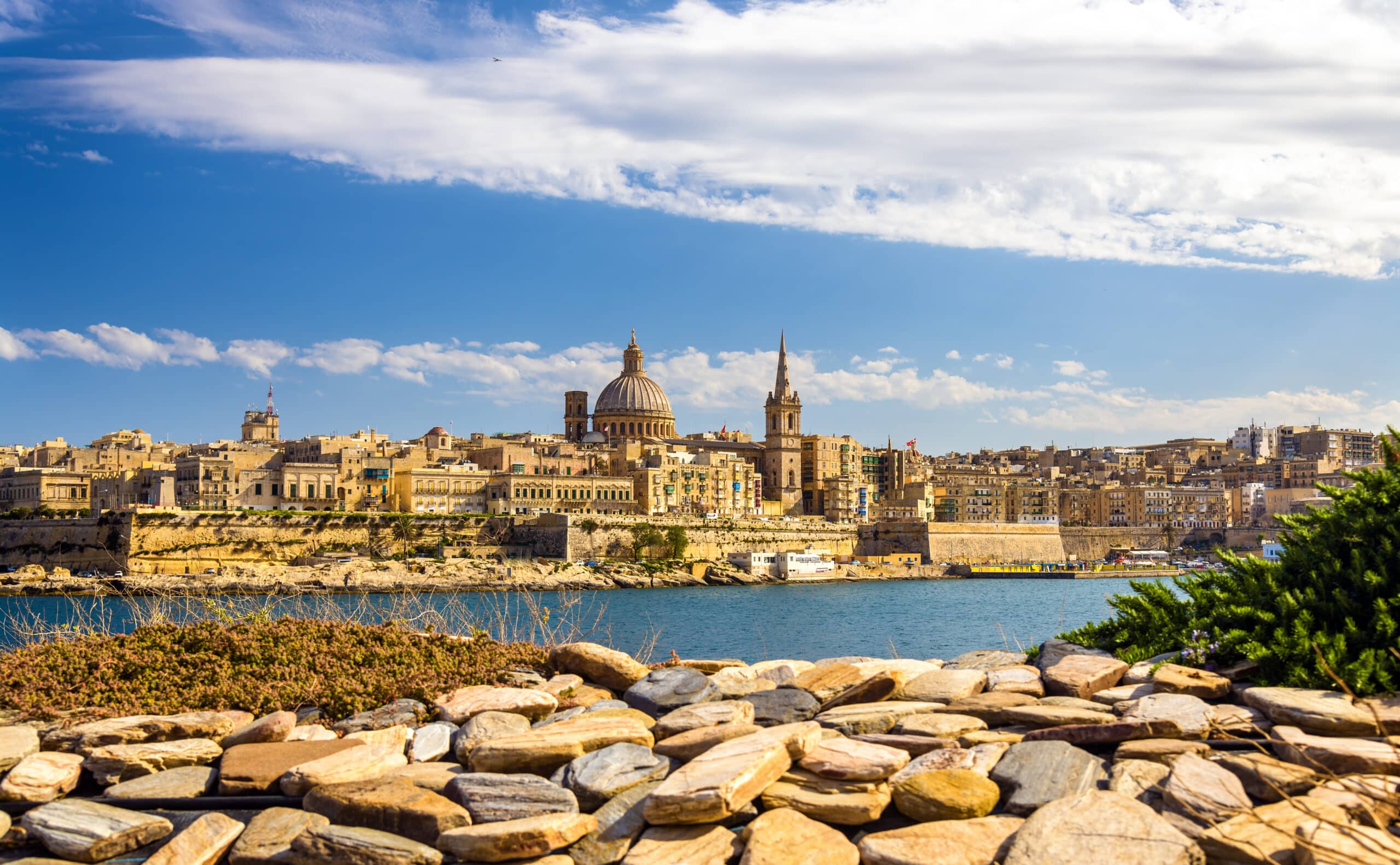
Malta, a Mediterranean archipelago steeped in history, a crossroads of civilizations, and bathed in generous sunshine, invites you to a fascinating discovery. From megalithic temples older than the Egyptian pyramids to the fortified cities of the Knights of St. John, passing through creeks with turquoise waters and a unique atmosphere, our stays in Malta are a promise of wonder and escape. Explore our offers and let yourself be charmed by the timeless allure of Malta, Gozo, and Comino.
A multi-millennial history
Explore unique prehistoric temples, baroque cities fortified by the Knights of Malta, and remnants of the many civilizations that have marked the archipelago.
An exceptional architectural heritage
Discover Valletta, a UNESCO-listed capital, Mdina the ancient “Silent City,” and the impressive fortifications.
Stunning coastal and marine landscapes
Enjoy creeks with crystal-clear waters, sea caves (such as the Blue Grotto), and turquoise lagoons (Blue Lagoon in Comino), perfect for diving.
A unique Mediterranean atmosphere
British, Italian, and Arabic influences mingle in the Maltese language, cuisine, and culture, offering a warm atmosphere.
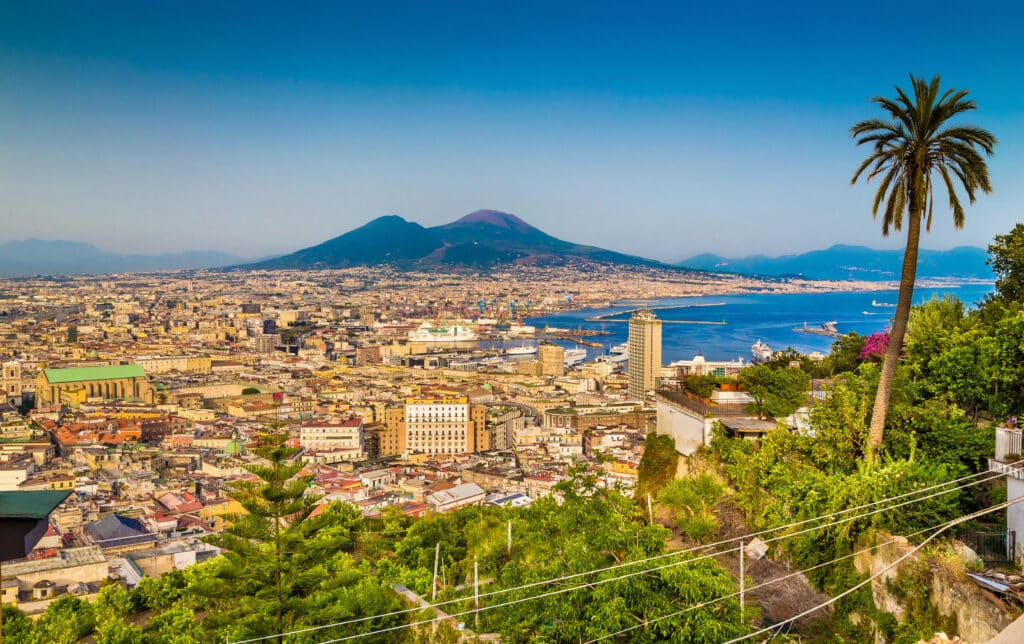
1,560€
price per person
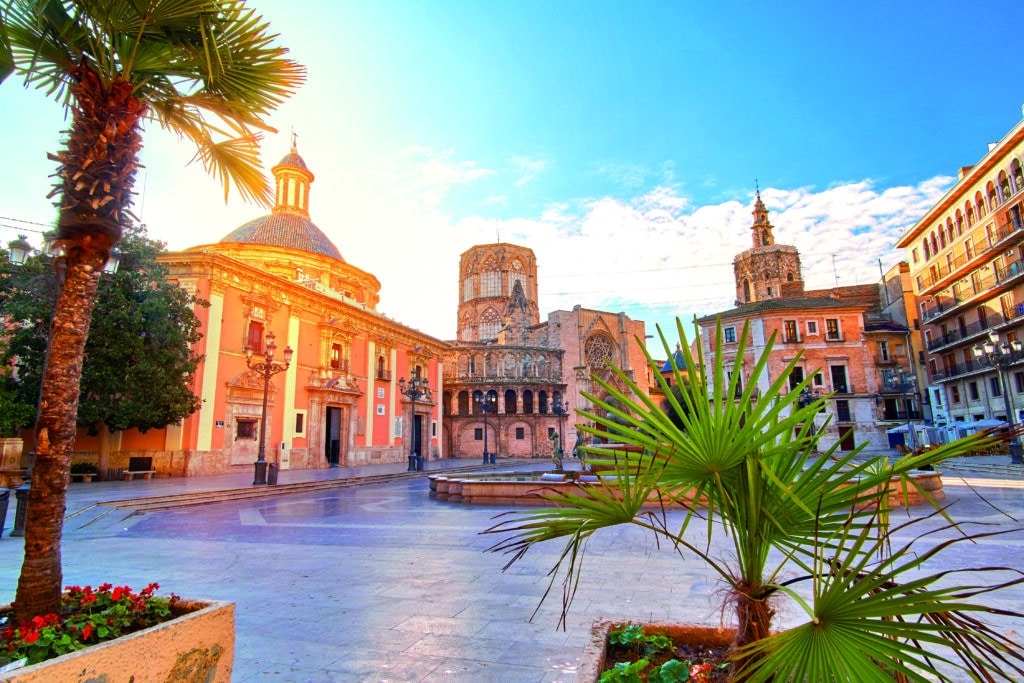
€1,144
price per person
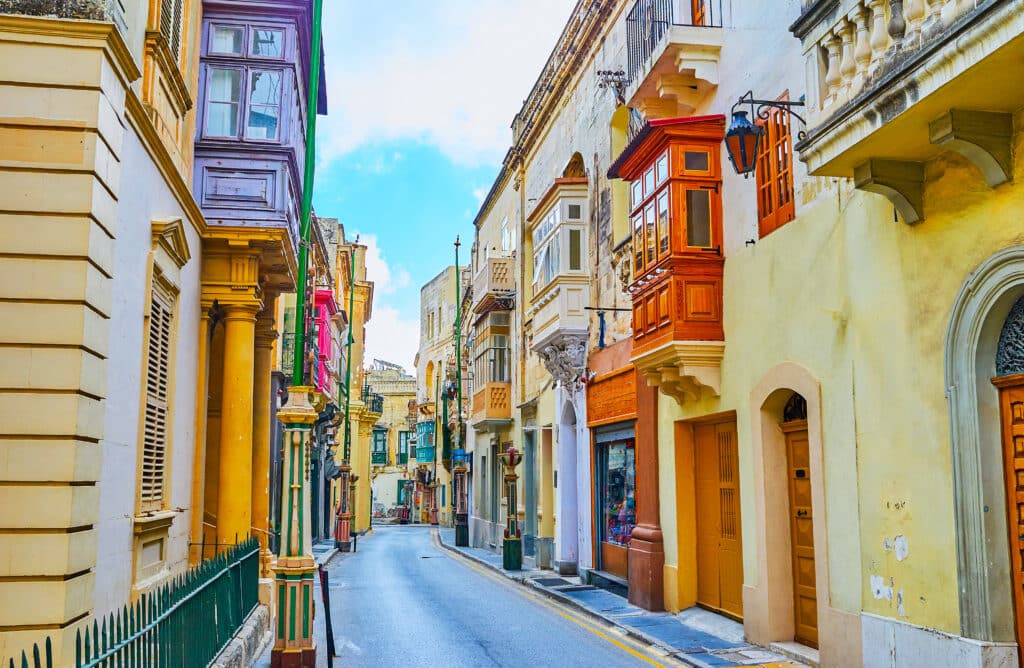
€1,117
price per person
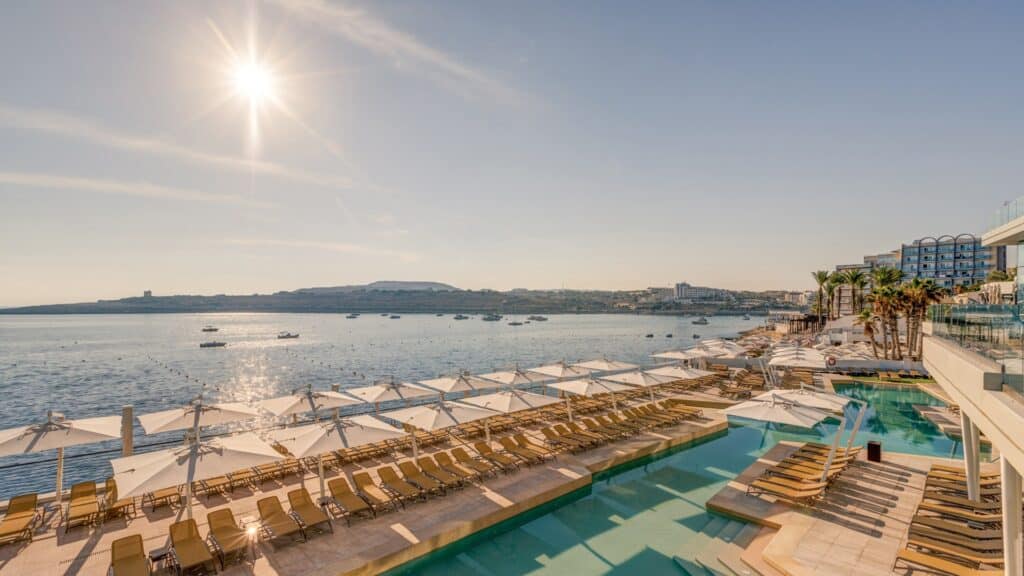
€505
price per person




The Maltese archipelago is full of treasures.
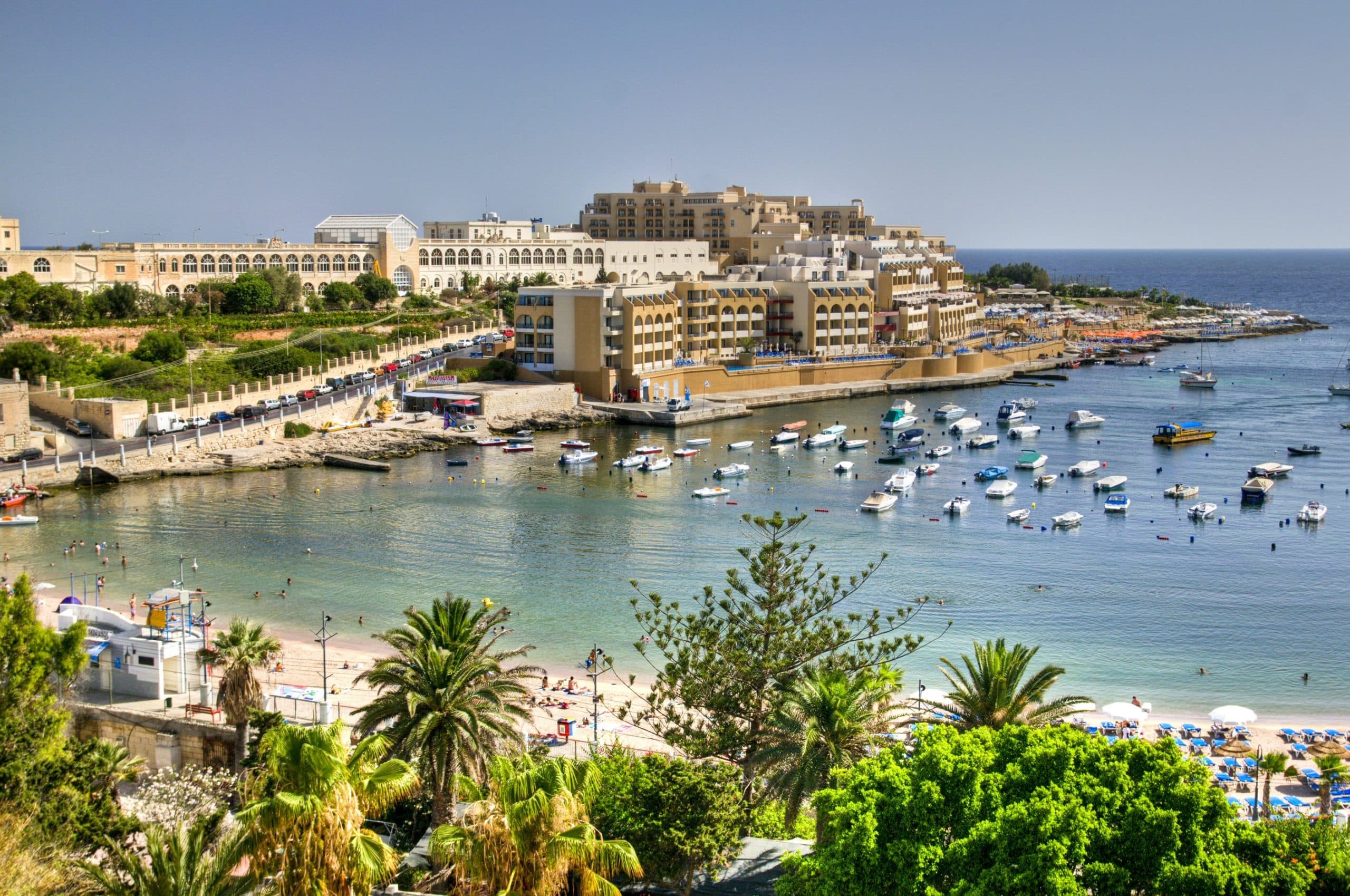
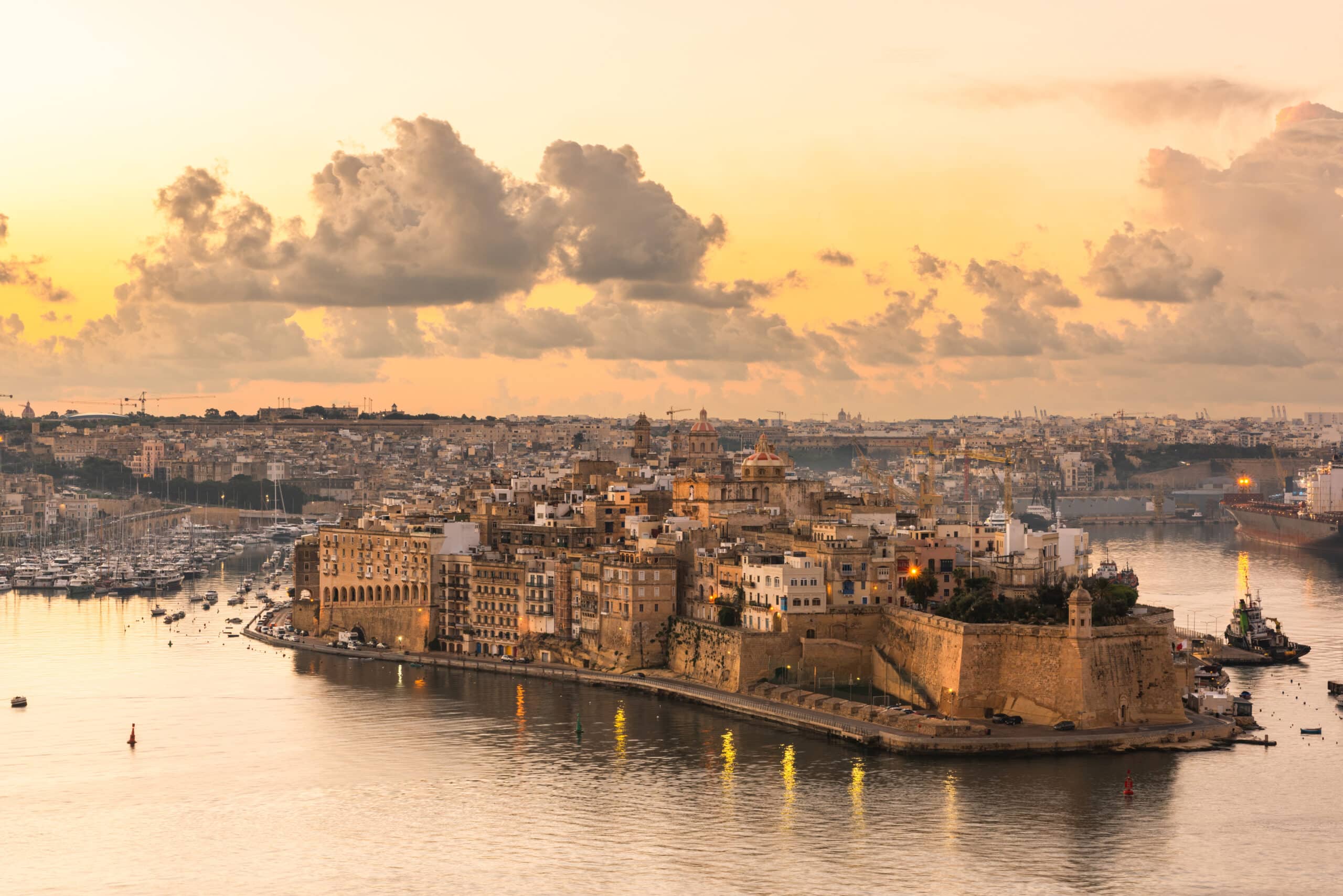
Malta enjoys a Mediterranean climate, with mild and wet winters, and hot, dry, and very sunny summers.
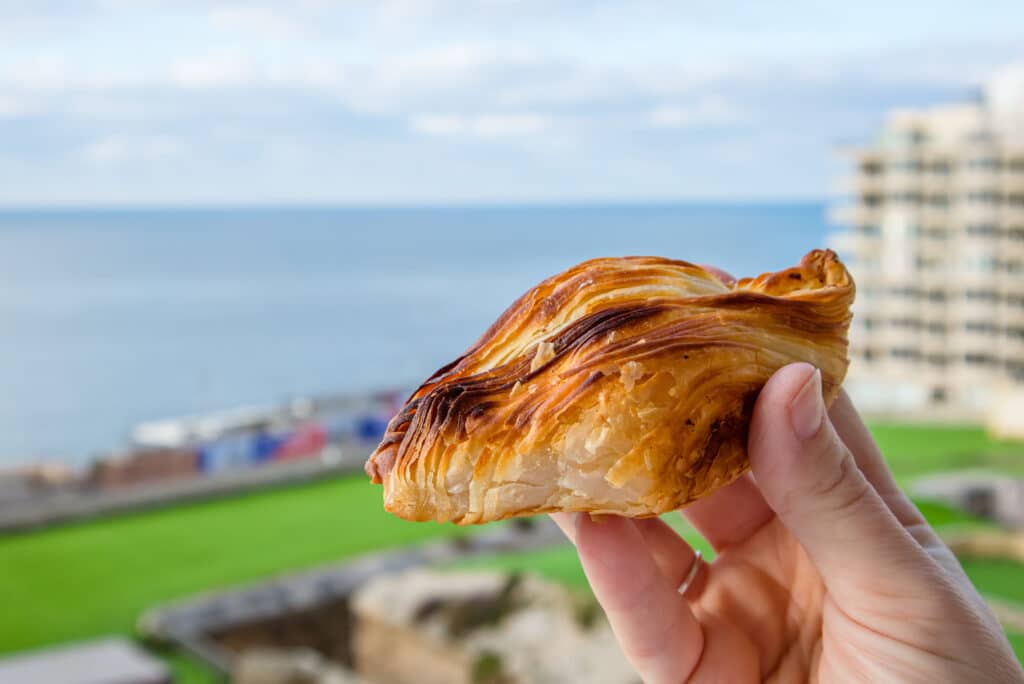
Maltese cuisine is a mix of Mediterranean (especially Sicilian) and North African influences, with a British touch. The rabbit (fenek) is a national dish, often served as a stew (stuffat tal-fenek) or fried. Try the pastizzi (small pastries filled with ricotta or peas), the ftira (a type of flatbread), and the bigilla (broad bean dip). Fish and seafood are fresh and delicious. The lampuki pie (lampuki fish pie) is a seasonal specialty. The cheese from Gozo (ġbejna) is also renowned. For sweets, try the imqaret (fried diamond shapes filled with dates). The local beer is Cisk Lager.
| Jan | Feb | March | April | Mai | June | July | Aug | Sept | Oct | Nov | Dec | |
|---|---|---|---|---|---|---|---|---|---|---|---|---|
| Our opinion | ||||||||||||
| Tourist peak | ||||||||||||
| T° max | 16°C | 16°C | 18°C | 20°C | 24°C | 29°C | 31°C | 32°C | 28°C | 25°C | 21°C | 17°C |
| Rainy days | 14 d | 10 d | 8 d | 7 d | 3 d | 1 d | 0 d | 1 d | 4 d | 10 d | 11 d | 14 d |
| T° sea | 14°C | 15°C | 15°C | 16°C | 18°C | 22°C | 25°C | 26°C | 25°C | 23°C | 21°C | 18°C |
| Beach | ||||||||||||
| Diving | ||||||||||||
| Hiking |
Malta has three UNESCO World Heritage sites: the city of Valletta, the megalithic temples, and the Ħal Saflieni Hypogeum. Additionally, the archipelago has served as a filming location for many films and series, including “Gladiator,” “Troy,” and “Game of Thrones.”
The official currency in Malta is the Euro (€). Credit cards are widely accepted in most establishments. It is useful to have some cash for small businesses, markets, or buses. ATMs are numerous.
The inhabitants of Malta are called the Maltese.
Malta has two official languages: Maltese (a Semitic language with Romance and Arabic influences) and English. English is widely spoken and understood by the population and is used in administration and education. Italian is also understood by part of the population.
In Malta, the electrical outlets are of type G (the British model with three rectangular prongs). The standard voltage is 230V and the frequency is 50Hz. You will need an adapter for European devices (type C/E/F).